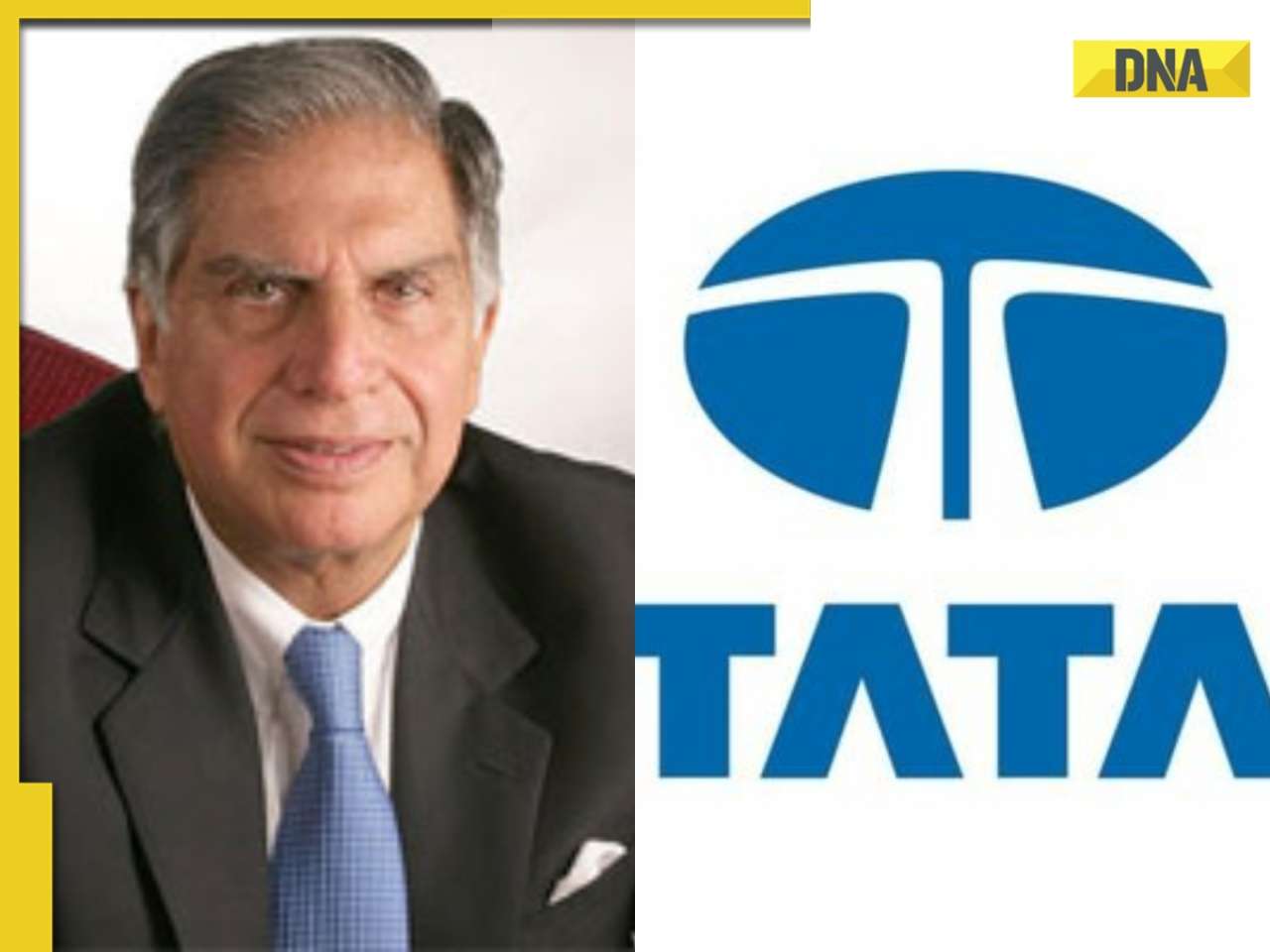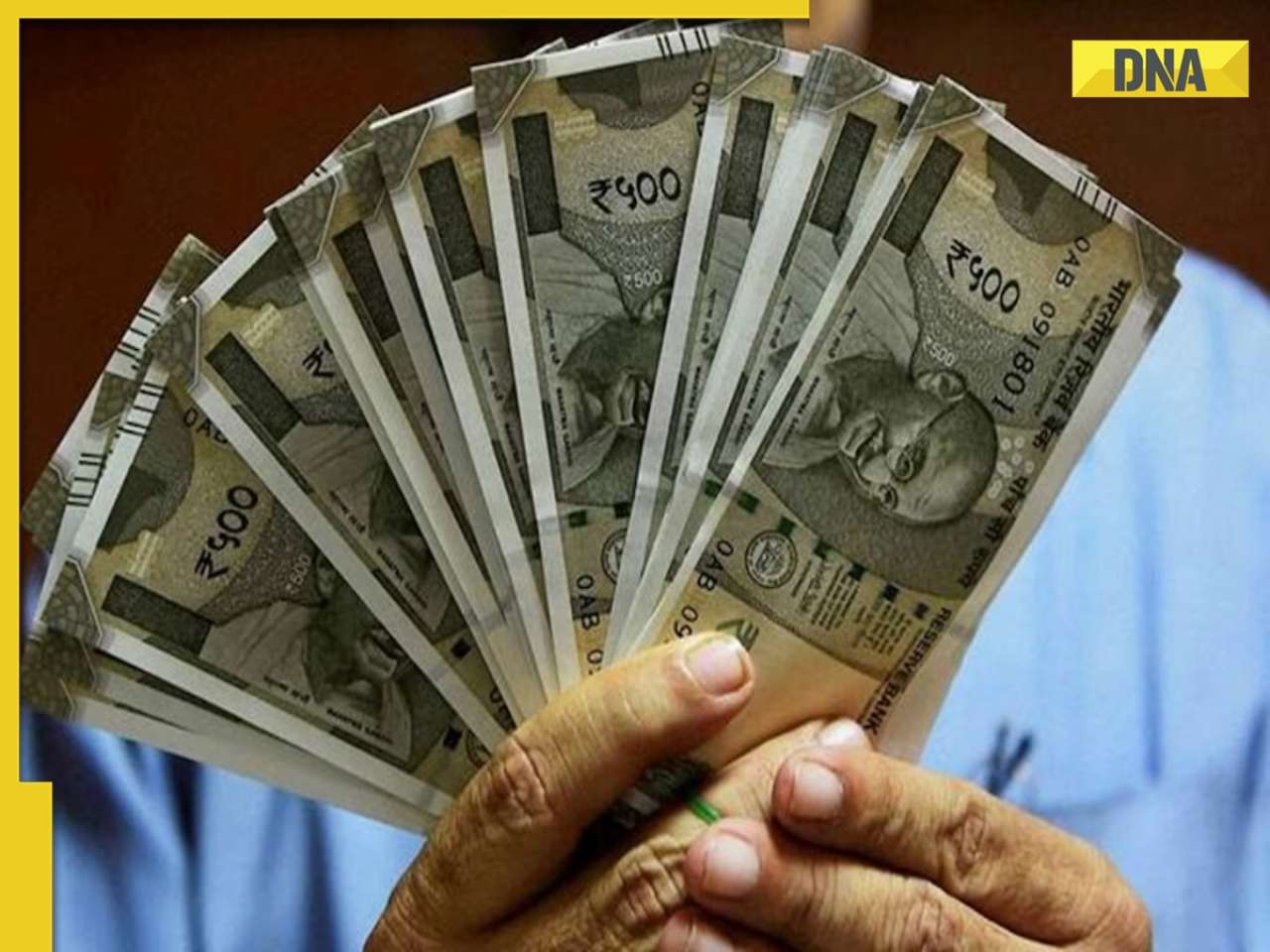- LATEST
- WEBSTORY
- TRENDING
WORLD
Could your phone be next bomb? Scary truth about remote explosions
This was the second coordinated attack targeting the militant group in two days, using booby-trapped devices, according to Lebanese and Hezbollah officials.
TRENDING NOW
Twenty people lost their lives, and hundreds were injured when walkie-talkies belonging to Hezbollah members exploded across Lebanon on Wednesday 18th September, afternoon. This was the second coordinated attack targeting the militant group in two days, using booby-trapped devices, according to Lebanese and Hezbollah officials.
The death toll from the two attacks has risen to at least 32, with Hezbollah confirming that some of the victims were its members. Around 3,000 people have been reported injured since Tuesday 17th September, afternoon, when thousands of pagers belonging to Hezbollah members exploded, killing 12 people and leaving many others seriously injured.
The attacks dealt a significant blow to Hezbollah, a militant group in Lebanon supported by Iran, and left the country in shock.
Hezbollah, along with officials from the United States and other countries who were informed about the situation, blamed Israel for the explosions on Tuesday. The blasts followed months of cross-border clashes between the two sides.
Israeli Defense Minister Yoav Gallant stated in a video message on Wednesday night that Israel was "entering a new phase in this war."
Additional Key Points to Know
Walkie-Talkie: A report from The New York Times mentions that an analysis by The Times has identified the devices used in Wednesday’s attacks as two-way radios or walkie-talkies. The devices, known as IC-V82, are branded by the Japanese company Icom.
It's not clear where Hezbollah obtained the devices. These were bigger and heavier than the pagers that exploded across the country on Tuesday. In some cases, they caused larger fires, indicating they might have contained more explosives.
Covert Operations: Israel has been conducting secret attacks on Iran and its allies for several years as part of an ongoing hidden conflict.
In 2020, Israel used a remotely controlled, A.I.-assisted robot, operated via satellite, to assassinate Mohsen Fakhrizadeh, Iran’s leading nuclear scientist and deputy defense minister.
In February, Israel destroyed two key gas pipelines in Iran, cutting off service to several cities. In 2021, an Israeli cyberattack on Iran’s oil ministry servers caused a nationwide disruption in gasoline distribution.
Taiwan Company Surprised by Pager Misuse
Taiwan’s Gold Apollo Co., whose name appears on the pagers that exploded in Lebanon, stated that a company in Hungary is responsible for making the devices used in the attacks. This has deepened the mystery surrounding the incident, which is heightening tensions in the Middle East.
Gold Apollo explained that it has had an agreement for several years with BAC Consulting, a company in Budapest, allowing them to use the Gold Apollo brand in specific regions.
A woman at the Budapest office mentioned that the only sign of BAC's presence was a representative showing up once a month to collect the mail, reports Bloomberg.
A building in Paris, which was listed as the address of BAC’s CEO, was actually a barracks for the French Gendarmes. The Budapest government stated that BAC is just a trading middleman with no manufacturing or operational facilities in Hungary.
"A Barracks for the French Gendarmes" means that the building is a military facility used to house members of the French Gendarmerie, who are part of a national police force with military duties.
The French Gendarmerie is a national police force in France that operates under military jurisdiction.
In Taiwan, Hsu Ching-Kuang, the chairman of Gold Apollo, said he was surprised when BAC requested to license the production of its AR-924 pager two years ago, but he agreed to the deal since it seemed like a standard business transaction.
"I've been in this business for many years, and now my reputation is tarnished," he told reporters in Taiwan. "How did I end up involved in this political terror incident?"
The Pager Bombing: A New Chapter in Israel's Shadow War Against Hezbollah
Although it’s unclear when exactly the pagers could have been turned into bombs, experts can explain how it might have been done.
Dr. Eyal Pinko, a former Israeli navy and intelligence officer, told Sky News that only a tiny amount of explosive, just a gram or two, is enough to cause serious injuries like blowing off someone's arm or damaging their face.
The exact type of explosive used is still unknown. Some unverified reports suggest that it could have been PETN (pentaerythritol tetranitrate). Experts told Sky News that it might also have been TNT or a similar explosive.
According to Andrea Sella, a chemistry professor at University College London, the key is that these explosives can be combined with other materials to create a plastic explosive.
This means it's possible to fit some of the explosive material into the small spaces and gaps inside a pager.
The exact details of how and when the explosives were placed inside the pager are still unknown.
However, the next question is, once the explosives are in the pager, how can they be set off remotely?
Carl Robson, a former British army bomb disposal expert and now a project manager for Igne UXO, explains that a detonator was likely added to the pager. He describes the detonator as a "small cylindrical barrel" that could cause injury even without additional explosives once triggered.
A detonator is a device used to trigger an explosive. It initiates the explosion by providing a small amount of energy or heat that sets off the main explosive material.
To trigger the detonator, a power source is needed, which in this case is the pager's battery.
But the question is, how does the battery activate the detonator?
You need a trigger, and Mr. Robson compares it to a light switch. In this case, the "switch" is a specific message sent to the pager that activates the detonator.
Dr. Pinko explains that the message, which could be a specific combination of letters or symbols, triggers the explosive process.
He says, "This message pulls a current from the battery, which heats the explosive to the energy level needed for detonation. The explosion happens in just a fraction of a second."
Sean Moorhouse, a former British Army officer and explosives expert, explains it differently: "Usually, the pager beeps when you get a message. In this case, instead of making a beep, the electrical charge is redirected to the detonator to cause the explosion."
However, there’s still uncertainty about how the pager was programmed to respond to the message.
Mr. Robson suggests that the two-way radios that exploded in Lebanon on Wednesday might have been altered in a similar way to trigger a remote detonation.
In both cases, whether it was the pager or the radios, they were being used for their normal purpose and function, but at some point, they were triggered to explode.
"This suggests to me that the explosive material and the necessary circuitry were connected to the device, with a specific function acting as the trigger."
Similar to the pager messages, a direct call to the radios could have served as the trigger, or "light switch."
However, Mr. Robson adds that timers or alarms could also have been used as potential triggers. Regardless of the trigger type, they all would work by drawing power from the battery to set off the explosives.
Is it possible for hackers to turn your phone into a bomb?
With smartphones being so common and powered by lithium-ion batteries, the chance of a similar attack using these devices can't be completely ruled out. However, several factors make it both challenging and distinct from other types of attacks.
Hezbollah chose to use pagers, which they saw as more secure than smartphones, mainly due to concerns about being monitored by Israeli intelligence.
Pagers, because of their basic hardware, are more difficult to track and less susceptible to digital hacking than smartphones.
Both pagers and smartphones use the same core technology—lithium-ion batteries—which come with certain risks.
Lithium-ion batteries are popular for their high energy and ability to be recharged, but they can still fail. Problems like too much heat, overcharging, or physical damage can cause these batteries to overheat and, in rare cases, explode.
Manufacturing defects and design issues can also increase the risk. For example, smartphone explosions, though rare, are often caused by overheating from extended use, physical damage, or faulty parts.
These incidents are usually isolated and are more related to manufacturing problems or improper use rather than any planned attack.
In theory, the idea of causing a pager to explode could also apply to smartphones. Because smartphones have more complex software and network connections, they might offer more chances for remote manipulation, especially if a weakness in the device's firmware is exploited.
However, carrying out such an attack on a large scale would be much harder because of the wide variety of smartphone brands, models, and software systems.
The different security measures in modern smartphones provide an extra layer of protection, making it more difficult to hack on a large scale.
Phones don't explode on their own. Even if hackers manage to manipulate them to increase battery heat by altering the current, they won't all explode at once.
There might be one or two isolated incidents.
This happens because phones have built-in circuits with safety features that activate when there’s too much heat. For example, in an iPhone, if the device gets too hot, especially in high temperatures like in Delhi, the charging automatically stops to prevent overheating.
Additionally, modern smartphones are equipped with advanced cooling systems that help disperse any heat that builds up inside the device.
According to India Today, many modern smartphones use vapor chambers and graphite cooling systems to manage heat. These vapor chambers spread heat evenly across the device by using a liquid that evaporates and condenses to cool it down. At the same time, graphite layers help direct heat away from key parts like the processor, keeping the phone from overheating.
The liquid used in vapor chambers is typically water or a water-based solution. It evaporates when the device heats up and then condenses back into liquid when cooled, effectively helping to dissipate the heat throughout the device.
Even if a smartphone is manipulated to overheat, it’s more likely to melt slightly, leading to battery swelling or leakage, rather than exploding. Explosions are extremely rare in most cases.
In cases where we hear about a phone "exploding," it usually just catches a small fire in extreme situations, but it doesn't actually explode.
(The author of this article is a Defence, Aerospace & Political Analyst based in Bengaluru. He is also Director of ADD Engineering Components, India, Pvt. Ltd, a subsidiary of ADD Engineering GmbH, Germany)
(Disclaimer: The views expressed above are the author's own and do not reflect those of DNA)







)
)
)
)
)
)
)
)
)
)
)
)
)
)
)
)




























































